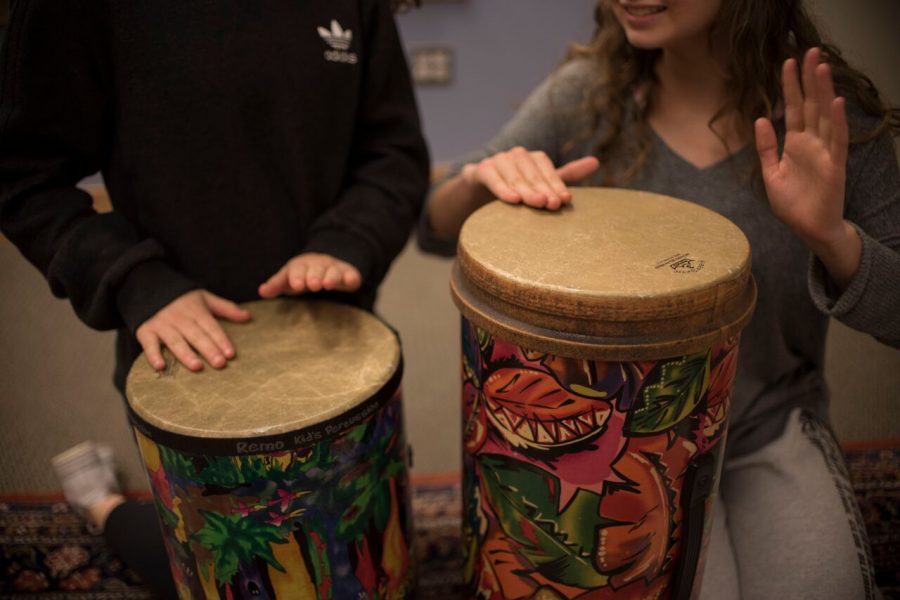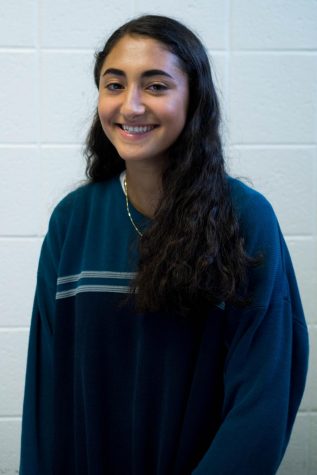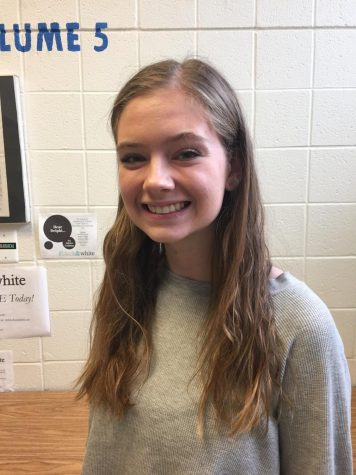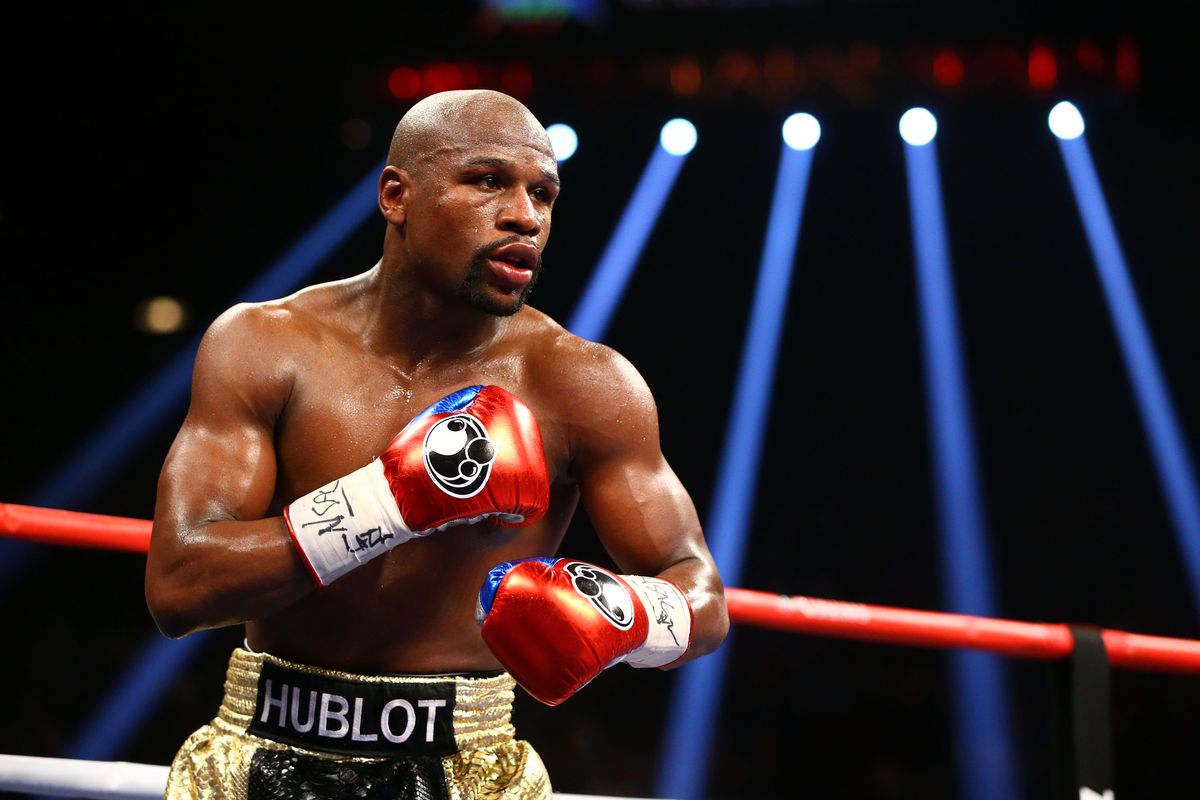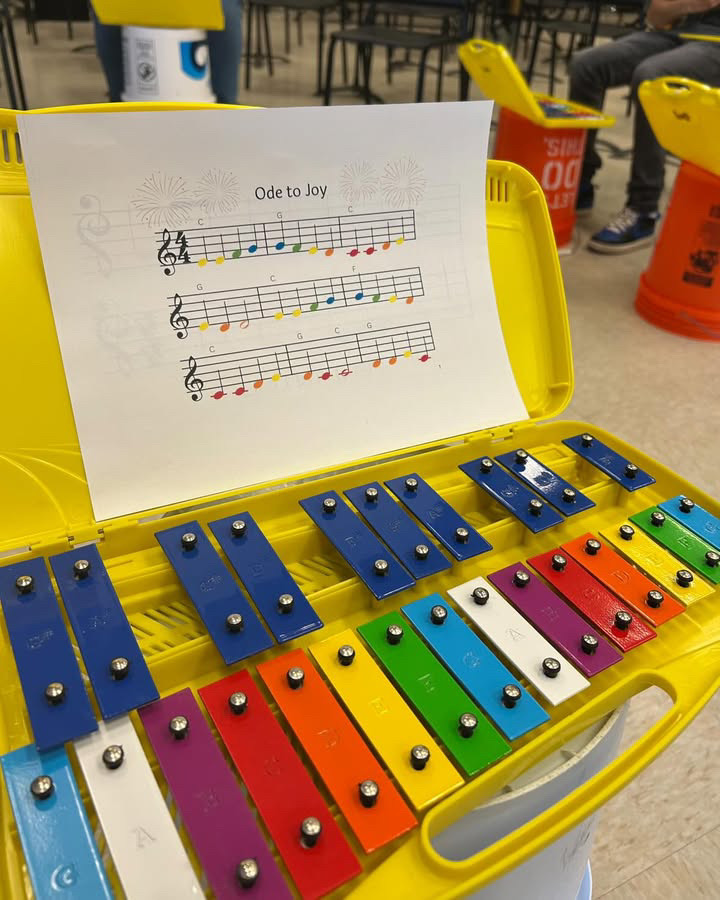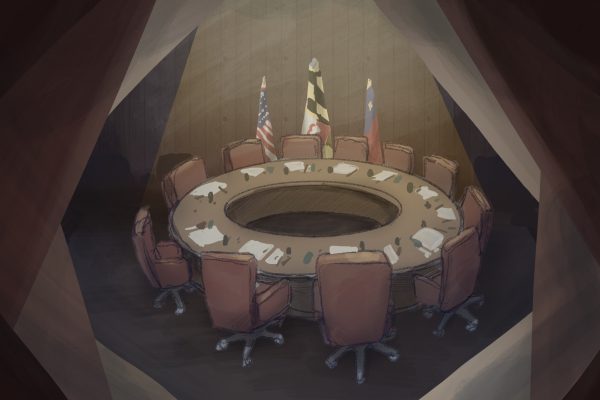Artistic therapies offer an effective alternative to traditional therapy
Students participate in music therapy to relieve stress. Music therapy is one of many forms of artistically-oriented therapy that provide alternatives to traditional talking therapy. Photo by Annabelle Gordon.
June 5, 2018
As 93-year-old hospice patient Sam entered the final years of his life, he and his wife Caroline underwent music therapy sessions comprised of writing tear-jerking love songs for one another, singing in harmonies and analyzing lyrics, improving discussion and letting them reminiscence.
They had walked into therapy to enhance their quality of life and relax, express emotions and reminisce, and they were successful. Caroline will be forever thankful for the therapist who gave her husband a beautiful end to his life.
Talk therapy has long been recognized as a helpful coping mechanism for depression, anxiety and other mental or physical disabilities. However, for some, this traditional therapy isn’t effective.
Popular alternatives include art, music and dance therapies. These more artistically-oriented types of treatment allow the patient to use sound, visualization and movement to express feelings that they may not know how to verbalize, or feel comfortable with doing so, according to the American Art Therapy Association.
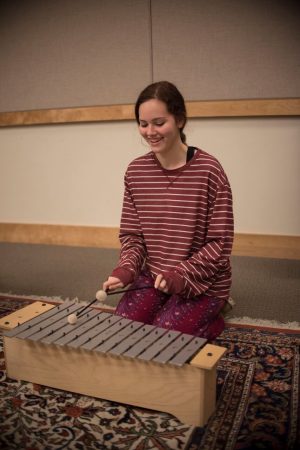
“There is something about making art that makes us human,” art therapist Dina Schapiro said. “Creative process is freedom, it’s a creative solution to problems we are facing. Imagine how powerful that is. We can not solve any problems if we don’t have creativity.”
Using alternative techniques, art therapy improves cognitive and sensory-motor functions, as well as fosters self-esteem and self-awareness. For many, it’s a more comfortable way to address their struggles.
Julia Bratburd, who graduated from Damascus in 2017, has participated in both music and art therapy. Music therapy built the foundation for Bratburd to feel comfortable expressing herself verbally, and she uses art and music to channel her feelings outside of therapy sessions, she said. Releasing stressful or otherwise unpleasant feelings artistically has helped her minimize the self-destructive habits she once relied on.
“For me, music therapy was an easy way to get started with talking about how things made me feel,” Bratburd said. “Once I became more comfortable with letting myself speak openly, the art therapy was a great way to visualize and express how I was feeling and be able to use my feelings to create [my art].”
While many use art therapy to build comfort, some use it to enhance their therapy. Senior Ray Crist began with talk therapy and, while it was helpful, he found that art therapy gave him an experience that allowed him to express himself further. The process of art therapy is more than just doing art, there are specific exercises oriented around making something more positive of a bad situation.
[Music] has the ability to reach beyond barriers that someone might be facing
“Art therapy is not something I do regularly it’s just something that I do in conjunction with my primary therapy as an additional supplemental thing. I think it allows for some additional expression and there’s definitely something meditative about making art,” Crist said.
In music therapy, patients can use both verbal and nonverbal forms of expression, and many benefit from a lack of pressure to speak openly from the very beginning, music therapist Leanne Belasco said. Music therapy works particularly well in younger children.
“Through the ‘iso principle,’ a music therapist meets the client where they [are] emotionally and physically and then slowly facilitates change,” music therapist Julie Hoffer said. “For example, a highly agitated client may be instructed to bang out their frustrations on a drum and then be redirected to slower tempo, perhaps a different instrument, and then to verbal processing.”
Depending on what the patients are working on, a music therapy class includes singing, improv, song writing and playing instruments. Belasco sometimes has her clients analyze song lyrics and discuss what they mean to them.
“Music is something that most everyone can relate to. It has the ability to reach beyond barriers that someone might be facing,” Belasco said. “We are able to connect no matter our verbal abilities, no matter what language we speak, and with whatever kind of impairments we might have. I think it’s a powerful tool to help a person succeed or help a person grow and gain new skills, or regain skills that are lost.”
It’s a common misconception that art and music therapy is only for children or for artists, Schapiro said. Realistically, a wide range of people benefit from an artistic approach to therapy, yet therapy as a whole is a method that must be tailored to each patient based on their experiences and resulting needs.
“I would recommend it, but it’s not going to be the right fit for everyone,” Belasco said. “I think that for people who can benefit from having music as a mechanism to achieve their goals, it’s a perfect fit.”



